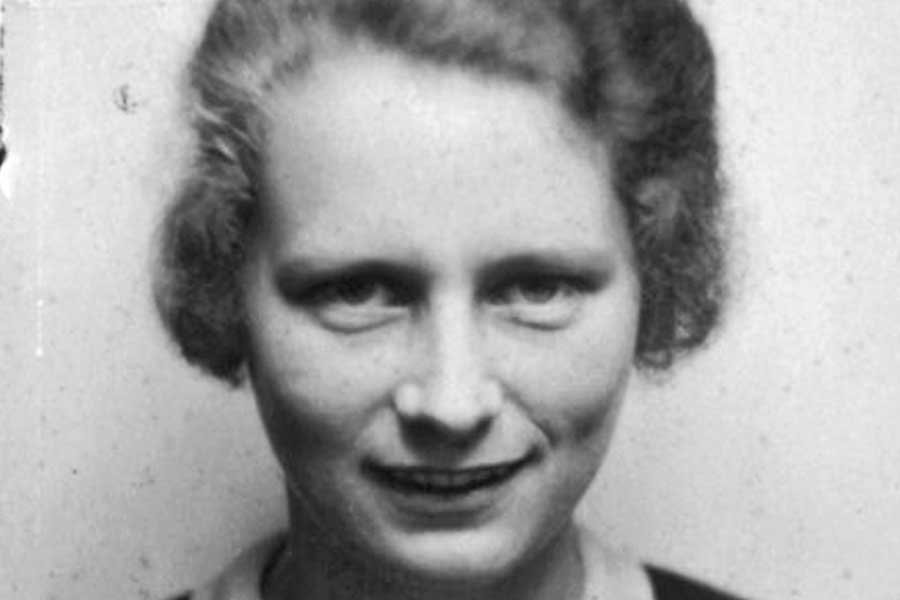Dakota Loving: The Complex Character That Defines Modern Teen Drama in Landman

Introduction to Dakota Loving
When Taylor Sheridan’s “Landman” premiered, viewers weren’t expecting a high school quarterback to steal scenes and spark heated debates across social media. Yet that’s exactly what happened with Dakota Loving, the character brought to life by actor Drake Rodger.
Set against the backdrop of West Texas oil fields, Dakota isn’t your typical supporting character. He’s the boyfriend every parent dreads meeting – charming on the surface but harboring intentions that make fathers like Tommy Norris lose sleep.
What makes Dakota fascinating isn’t just his relationship with Ainsley Norris. It’s how his presence exposes the fault lines in modern family dynamics. One teenager’s romantic choices suddenly become everyone’s problem, and that’s where the real drama begins.
Meet Drake Rodger: The Actor Behind Dakota Loving
Drake Rodger didn’t stumble into acting by accident. Growing up in Keokuk, Iowa, he lived the kind of nomadic childhood that teaches you to read people quickly. His family chased work opportunities across the Midwest, a lifestyle that would later inform his understanding of characters like Dakota.
The move to South Florida at fourteen changed everything. Between lifeguarding shifts and high school football, Rodger discovered something unexpected – a passion for performance. Those five years shaped not just his acting ambitions but his ability to embody the athletic confidence that Dakota Loving radiates.
At 6’3″, Rodger has the physical presence that makes his quarterback portrayal believable. But it’s his previous work as John Winchester in “The Winchesters” that proved he could handle complex emotional territory. That experience translates perfectly to Dakota, a character who needs to be simultaneously appealing and unsettling.
The journey from Iowa farm kid to Hollywood actor mirrors the kind of adaptability Dakota shows in navigating different social circles. Rodger understands what it means to reinvent yourself when circumstances change.
Dakota Loving’s Role in Landman’s Family Drama
Every family has that one relationship that becomes a battleground. For the Norris family, Dakota Loving represents ground zero for generational warfare.
Tommy Norris sees exactly what he fears most in his daughter’s boyfriend: a smooth-talking athlete who views Ainsley as a conquest rather than a person. The quarterback’s confidence reads as arrogance to a protective father who’s seen enough of the world to recognize manipulation tactics.
But here’s where “Landman” gets interesting. Angela Norris, Tommy’s ex-wife, finds herself caught between her daughter’s happiness and her ex-husband’s concerns. She remembers being seventeen and making questionable romantic choices. The question becomes: do you let your child learn from their own mistakes, or do you intervene?
Dakota’s introduction creates a perfect storm. Ainsley sees independence and excitement. Tommy sees danger and disrespect. Angela sees a family on the verge of fracturing over a teenager’s dating life.
The beauty of this dynamic lies in how realistic it feels. Most families have lived some version of this conflict, making Dakota’s impact feel authentic rather than manufactured for drama.
Portraying the Modern Problematic Boyfriend
Social media has given us new vocabulary for old problems. Terms like “toxic boyfriend” and “red flags” weren’t common when many parents were dating, but they perfectly describe what viewers see in Dakota Loving.
Rodger’s performance walks a tightrope that many actors would struggle with. Dakota needs to be attractive enough that audiences understand Ainsley’s interest, but problematic enough that Tommy’s concerns feel justified. It’s a delicate balance that requires subtlety.
The character’s reputation for prioritizing physical intimacy over emotional connection reflects patterns that many viewers recognize from their own teenage years or their children’s experiences. Dakota embodies the kind of relationship that looks exciting from the inside but concerning from the outside.
What’s brilliant about the portrayal is how it avoids caricature. Dakota isn’t a mustache-twirling villain – he’s a recognizable type that exists in high schools everywhere. The familiarity makes him more unsettling, not less.
Through Dakota, “Landman” explores how intelligent young women can find themselves in relationships that don’t serve their best interests. It’s a conversation happening in homes across America, making the character’s impact extend beyond entertainment.
Character Development and Story Arc
Two episodes might not seem like much screen time, but Dakota Loving proves that impact isn’t always about quantity. His brief appearances create ripple effects that continue long after he leaves the scene.
The character serves a specific narrative purpose: forcing the Norris family to confront their communication problems. Dakota becomes the catalyst that reveals how differently Tommy and Angela approach parenting challenges.
Tommy’s instinct is to eliminate the threat. Angela’s approach involves trusting Ainsley to navigate her own relationships, even if that means making mistakes. These opposing philosophies create conflict that goes far beyond one teenager’s dating life.
Dakota’s story arc follows a familiar pattern – the intense teenage relationship that burns bright and fast. But the aftermath matters more than the relationship itself. How does a family recover from this kind of conflict? How does Ainsley’s relationship with her parents change?
The character’s effectiveness lies in how he exposes existing family dynamics rather than creating new ones. The Norris family’s problems existed before Dakota arrived; he just made them impossible to ignore.
Audience Reception and Cultural Impact
Dakota Loving has become something of a cultural touchstone for discussions about teenage relationships and parental boundaries. Social media platforms buzz with debates about Tommy’s protective instincts versus Ainsley’s autonomy.
Viewers particularly enjoy dissecting Dakota’s apparent obliviousness to current events, like his confusion about Nick Saban’s retirement. These details paint a picture of someone more focused on social status than intellectual curiosity – exactly the kind of person that would concern thoughtful parents.
The character has sparked conversations that extend beyond the show itself. Parents use Dakota as an example when discussing red flags with their own teenagers. Educators reference the character when talking about healthy relationship dynamics.
Critics have praised Rodger’s nuanced performance, noting how he makes Dakota simultaneously sympathetic and concerning. This balance allows viewers to understand multiple perspectives without taking sides, creating more productive discussions about complex family issues.
The cultural impact extends to how we talk about teenage relationships in media. Dakota represents a more realistic portrayal of problematic behavior – subtle manipulation rather than obvious abuse.
Drake Rodger’s Career Beyond Dakota Loving
While Dakota Loving might be a supporting role, it showcases Rodger’s range as an actor. His ability to create a memorable character in limited screen time demonstrates the kind of skill that builds lasting careers.
“The Winchesters” established Rodger as a leading man capable of carrying a series. Playing John Winchester required balancing action sequences with emotional depth, skills that translate well to contemporary drama like “Landman.”
His upcoming role in “Motorheads” suggests continued growth in television drama. The ability to move between supernatural action and family drama indicates versatility that should serve him well as opportunities expand.
Rodger’s career trajectory from independent films to major television productions shows steady progress. Each role builds on previous experience, creating a portfolio that demonstrates both range and reliability.
The actor’s Midwestern background and athletic experience bring authenticity to roles like Dakota. He understands the social dynamics of high school athletics and small-town life, making his performances feel genuine rather than performed.
The Future of Dakota Loving in Landman
“Landman” has established itself as a series willing to explore complex family dynamics over multiple seasons. Dakota’s influence on the Norris family suggests his impact might continue even if he doesn’t return to screen.
The show’s commitment to realistic character development means any future Dakota appearances would likely involve growth or consequences from his earlier actions. This approach aligns with the series’ themes about personal responsibility and long-term relationship effects.
Fans continue speculating about Dakota’s potential return and how his character might evolve. The ongoing discussions demonstrate his effectiveness in creating lasting impressions despite limited screen time.
Future storylines could explore how Ainsley’s relationship with Dakota affects her subsequent romantic choices. Does she learn from the experience, or does she repeat similar patterns? These questions keep audiences invested in character development.
The character’s future depends partly on how the series chooses to explore teenage relationship themes. Dakota represents one type of problematic partner – there are others worth examining as Ainsley continues growing up.
Conclusion
Dakota Loving proves that supporting characters can have outsized impact when crafted with care and performed with skill. Drake Rodger’s portrayal creates a figure that feels both specific to “Landman” and universally recognizable.
The character’s significance extends beyond entertainment value. Dakota serves as a conversation starter about teenage relationships, family communication, and the challenges of modern parenting. His presence in the series demonstrates how effective storytelling can address real-world issues without sacrificing dramatic impact.
As “Landman” continues exploring family dynamics in contemporary America, characters like Dakota Loving provide the foundation for meaningful discussions about relationships, trust, and growing up. The character’s ability to generate reflection and debate proves that even brief appearances can create lasting cultural impact when executed with authenticity and purpose.



